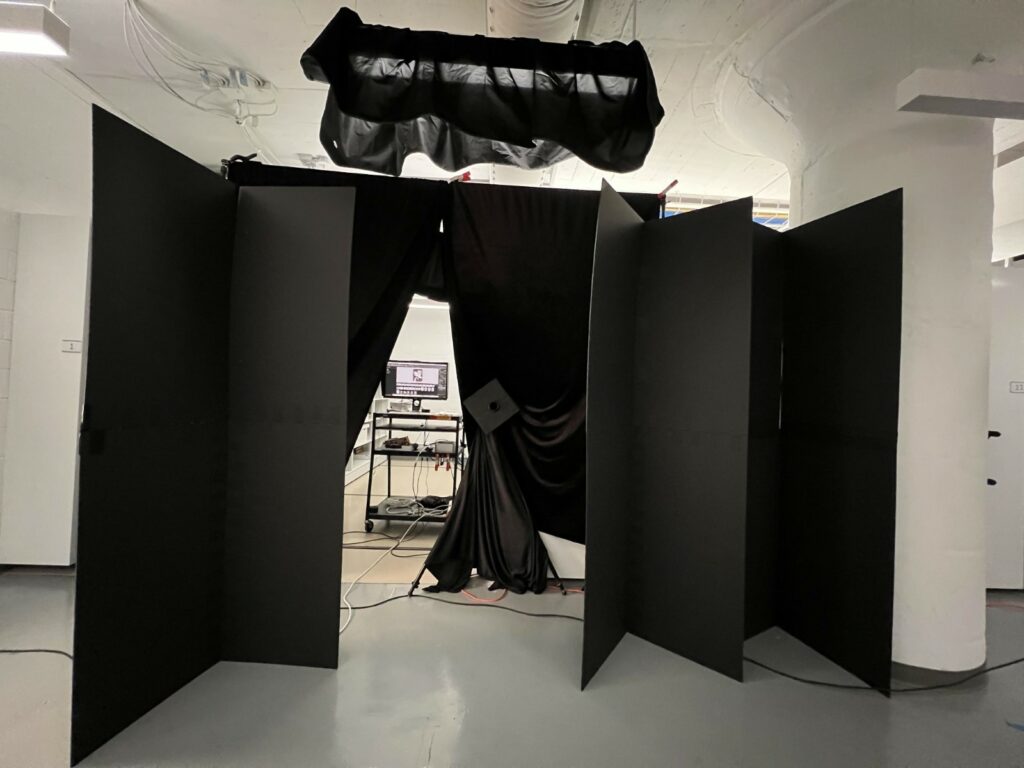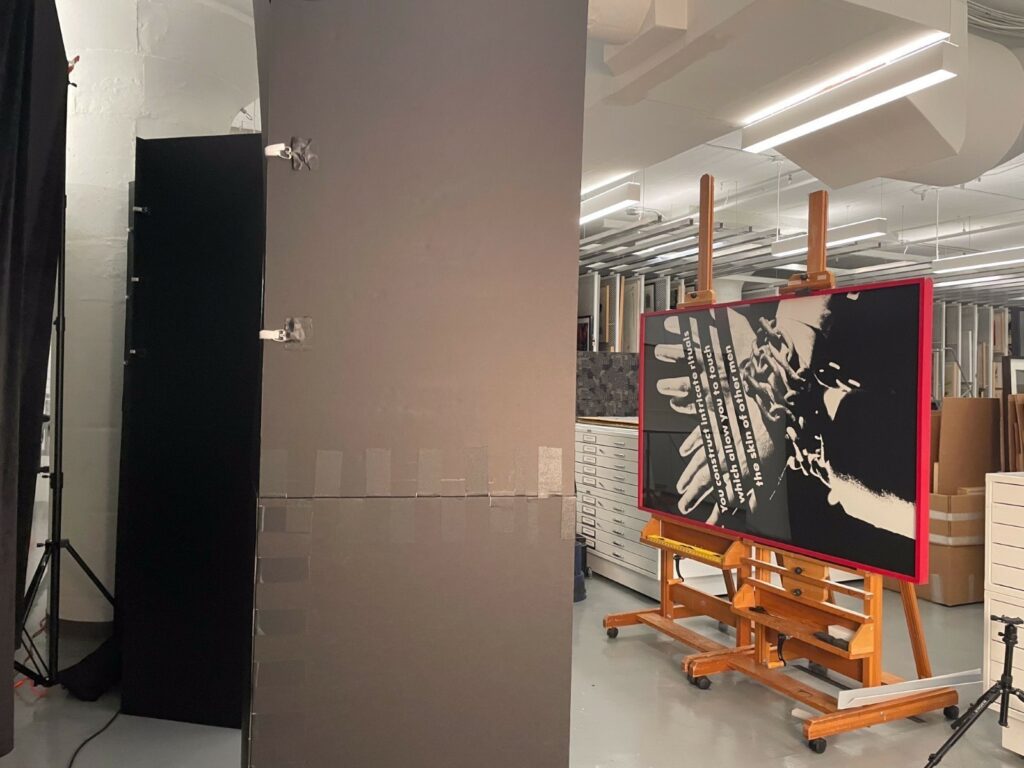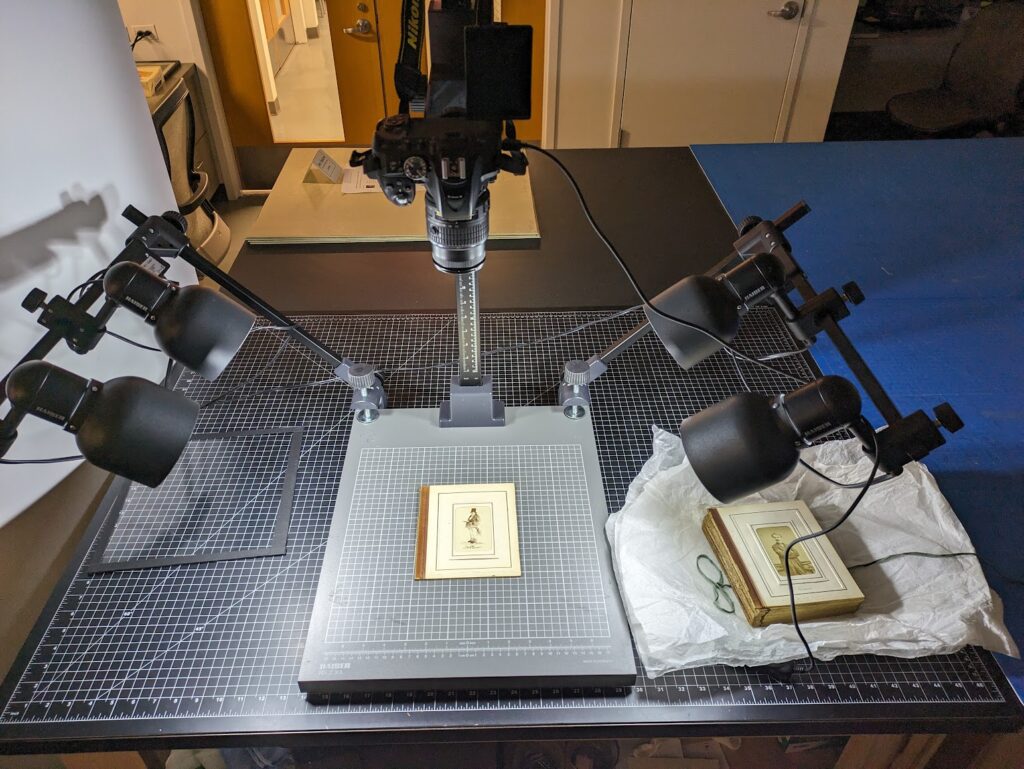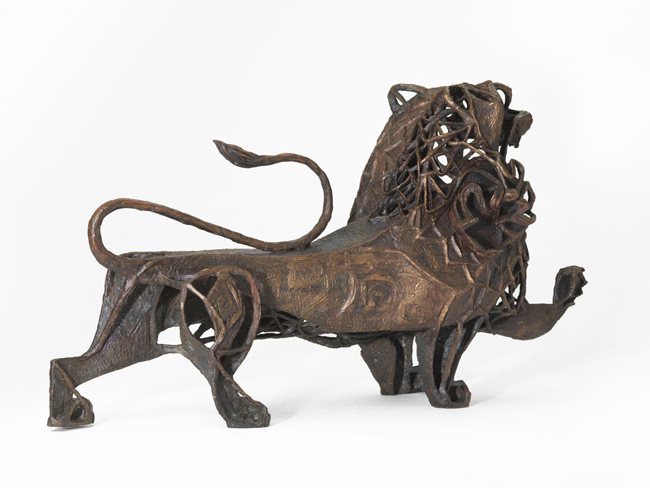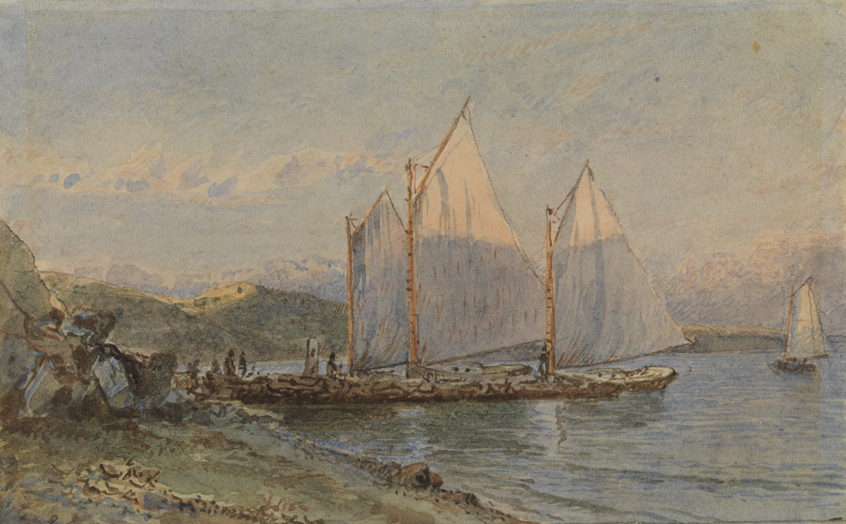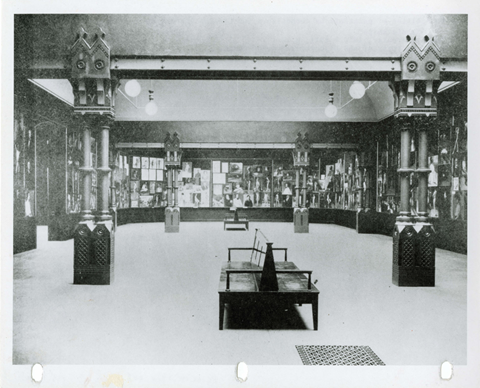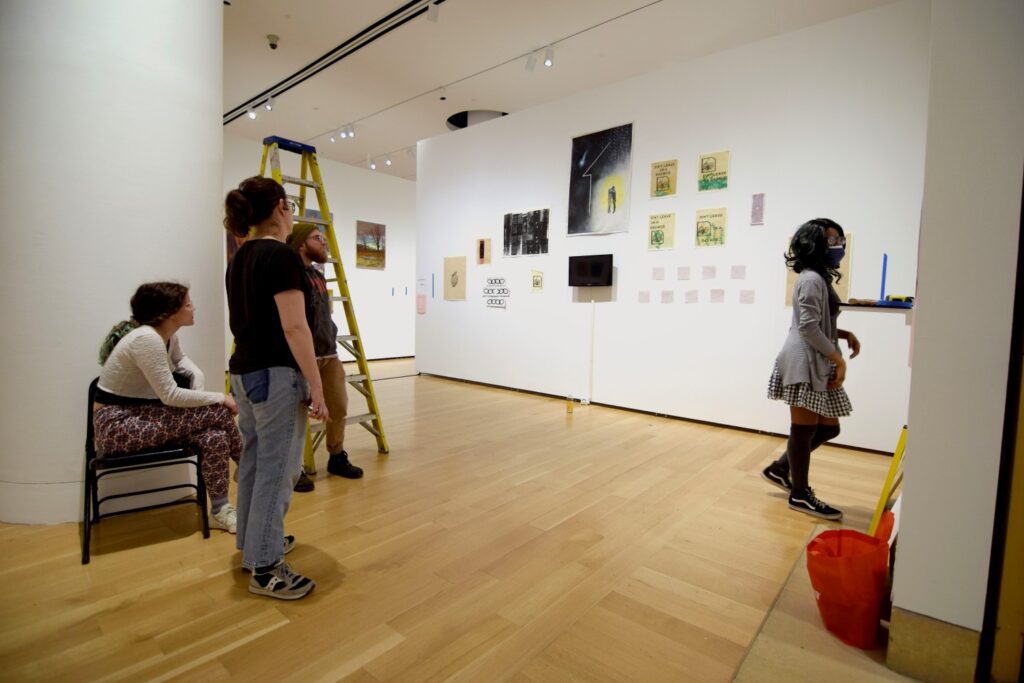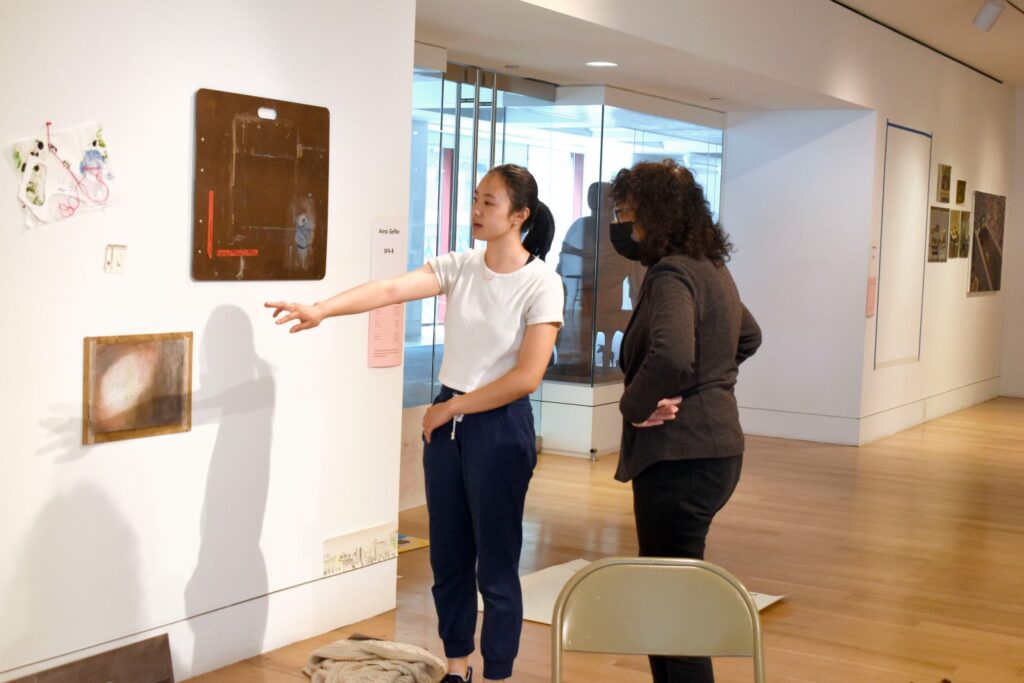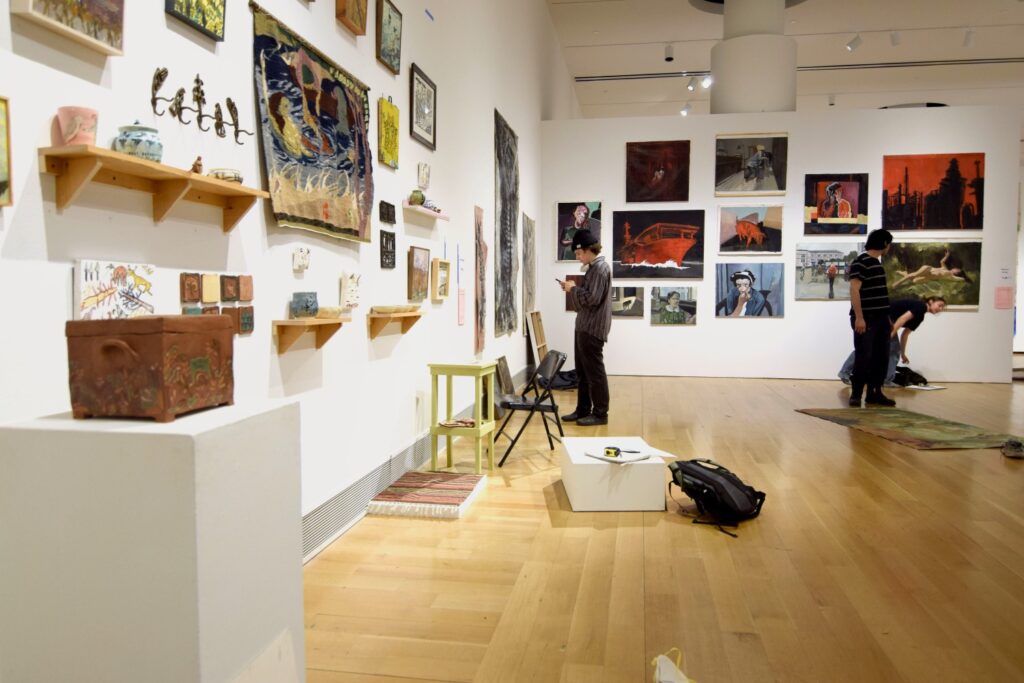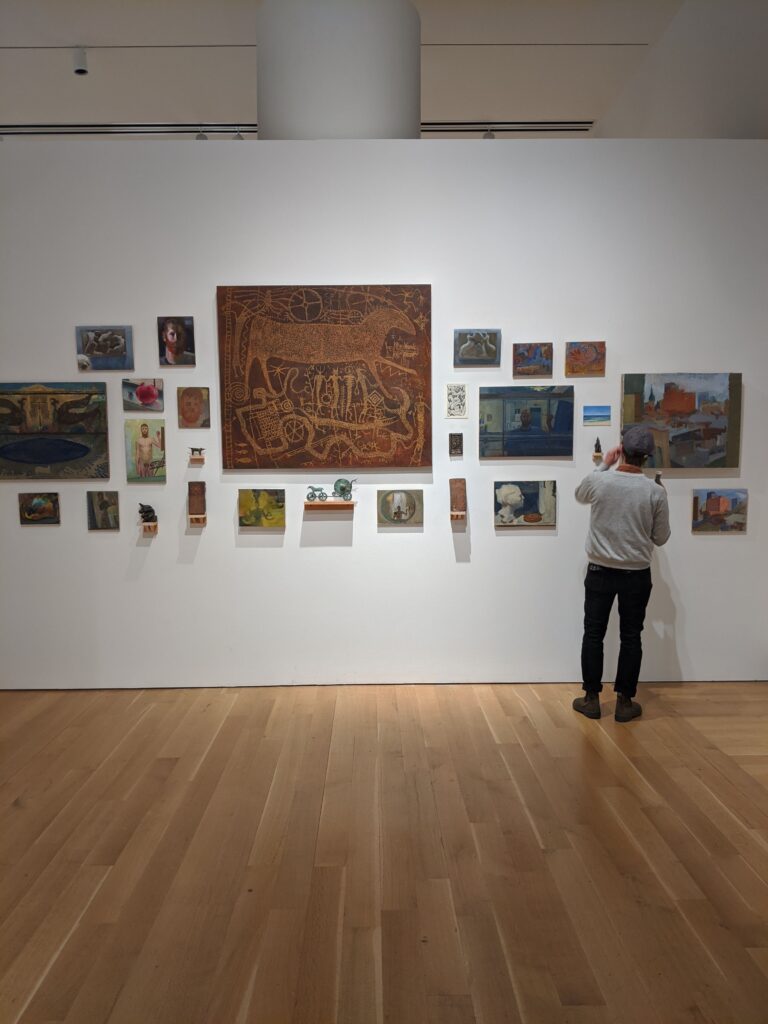Contributed by Zoe Smith, IMLS Museum Collections Assistant and Photographer
A challenge when photographing glazed works of art is the reflective nature of the plexiglass. To minimize reflections, we need to make everything around the camera black. In a previous post, we mentioned the process of using a large black velvet cloth set up on a backdrop. While that setup worked for many of our glazed works, the cloth was too small for our very large works.
Since PAFA does not have a dedicated photography studio, we also wanted to create a more portable solution that would also help us address the reflection issues of oversized works. I did some research and found some DIY ways to make a V Flat. A V Flat is a black piece of foam core that folds in half creating a V shape. Sharon Yoon (Museum Collections Assistant) and I made some mini prototypes to test out a couple ways to make this with materials we had in the museum before we scaled up to create the larger v flats.
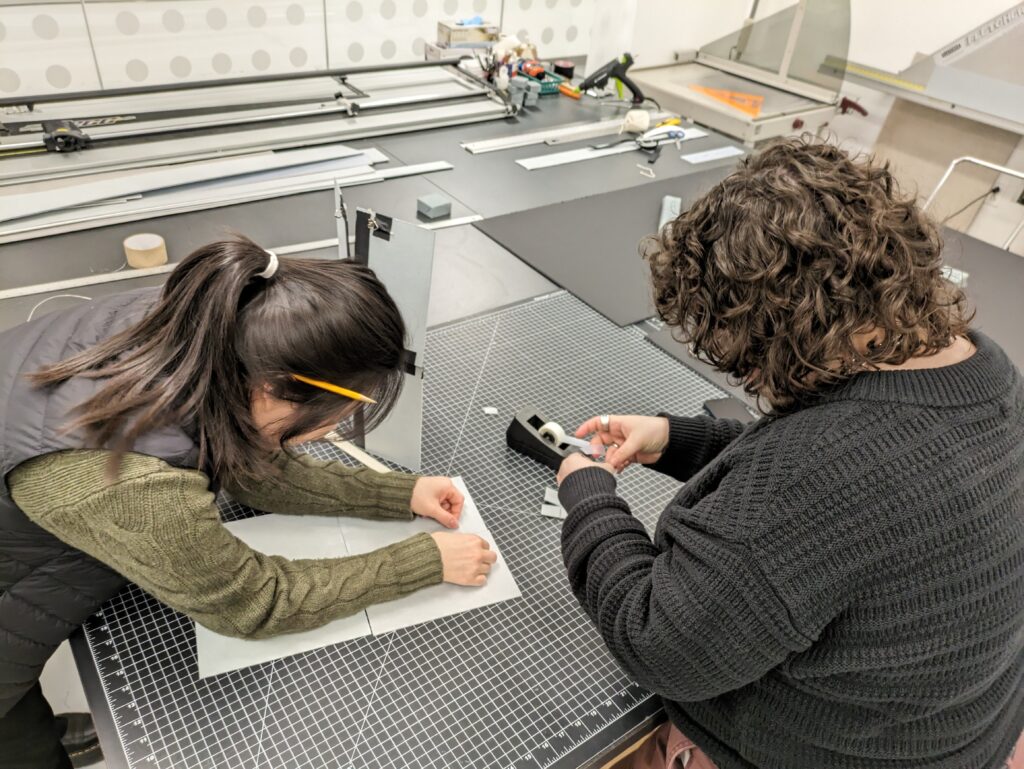
Sharon and Zoe
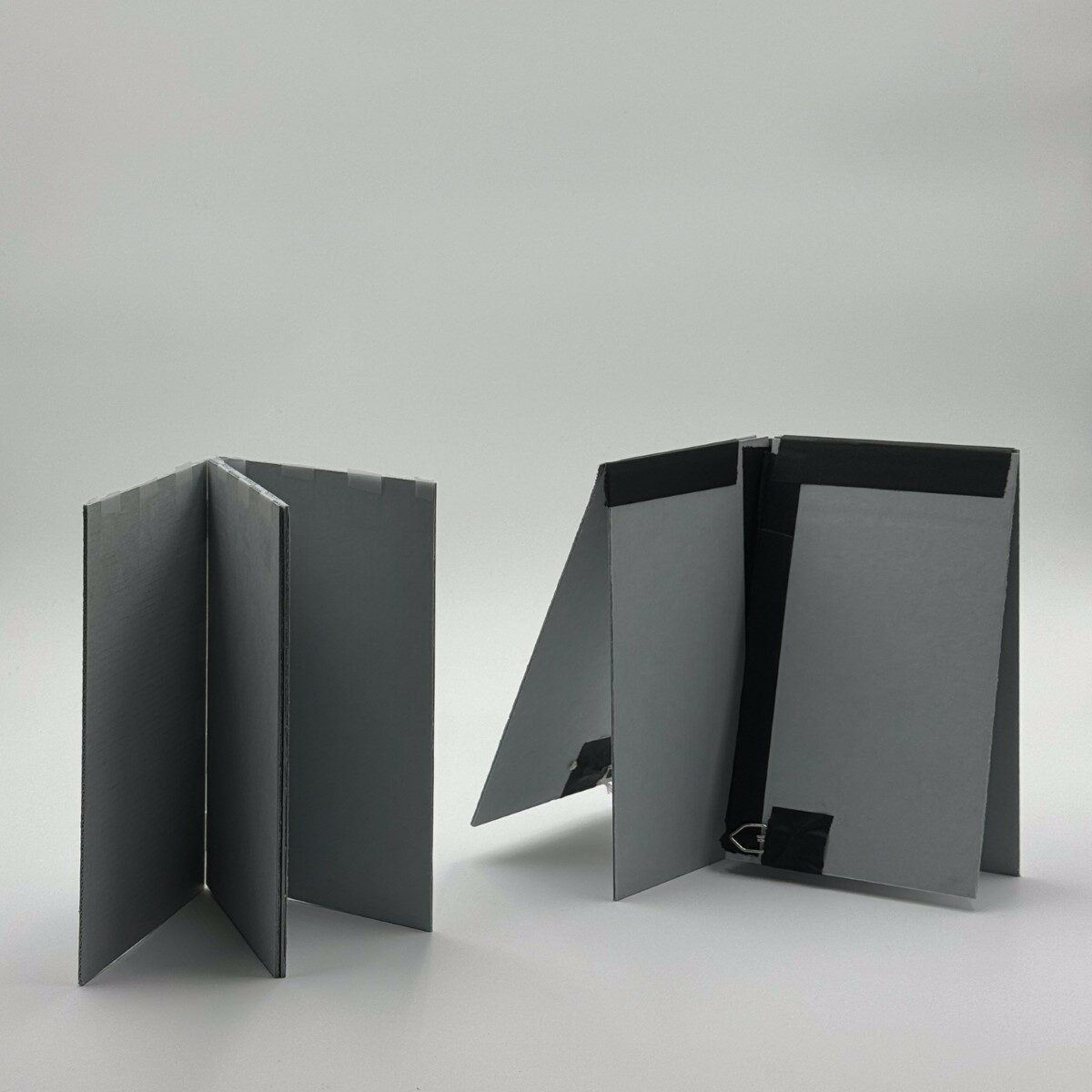
V Flat prototypes
Instead of the foam folding only one way, we wanted to have it be in quarters to make it even more portable and easy to store. To do this we had to find a non-reflective and strong way to fasten two sides together that was removable. We tried Velcro strips, but they weren’t as strong as we wanted. The next method used framing materials we had, this allowed us to pull the pieces together tightly and the entire structure was much more solid. We used black gaff tape to combine all 4 panels and seal off any potential light leaks at the seam. We made three different V Flats that we can now line up and photograph large reflective pieces like this one by Barbara Krueger (accession 1984.19). Here are before and after images to see the differences when using the V flats.
Photograph without V Flats
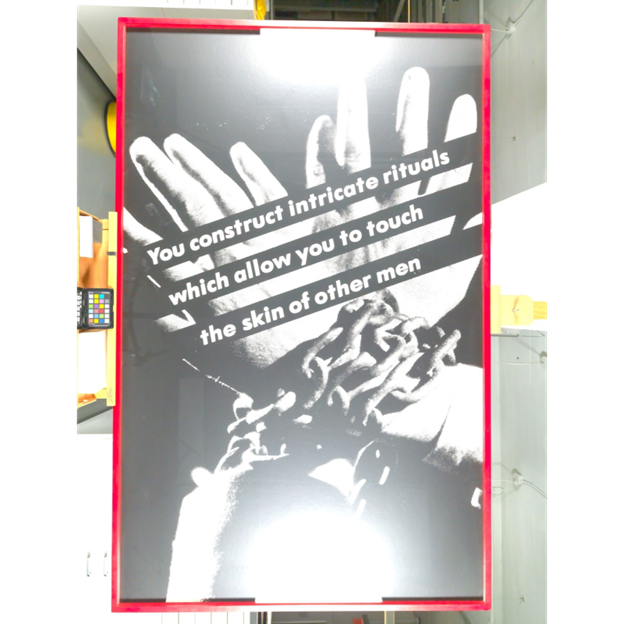
Photograph with V Flats
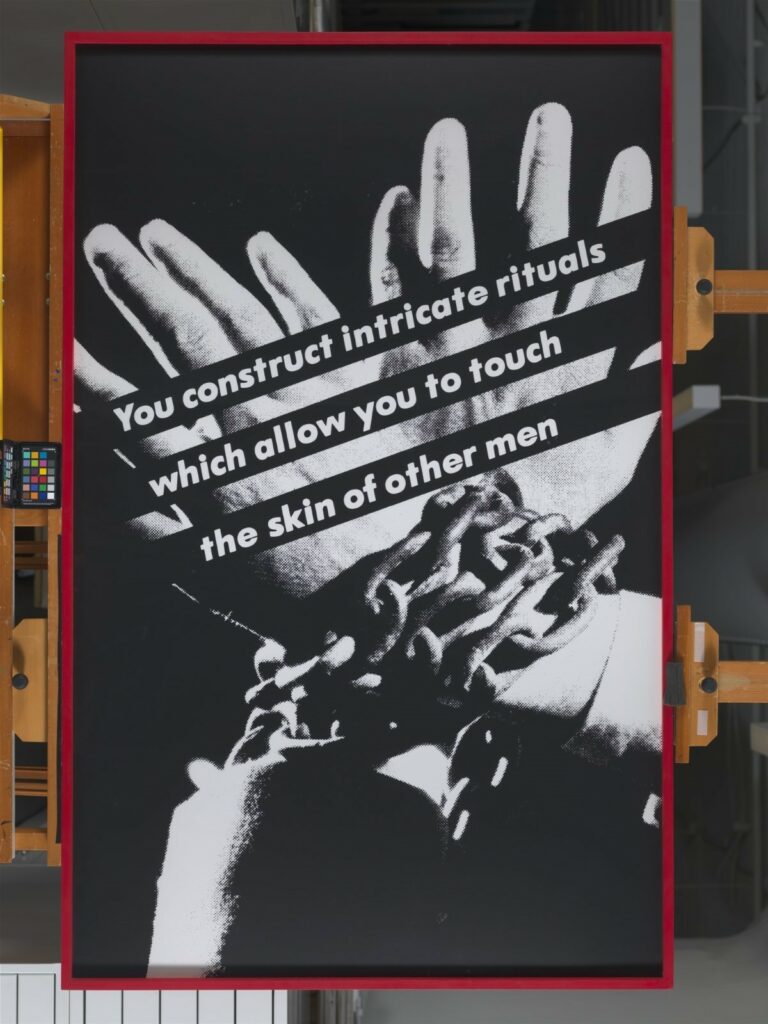
Making these DIY V Flats is a versatile solution to many issues we encounter while photographing and allows us to capture each artwork without distractions.
